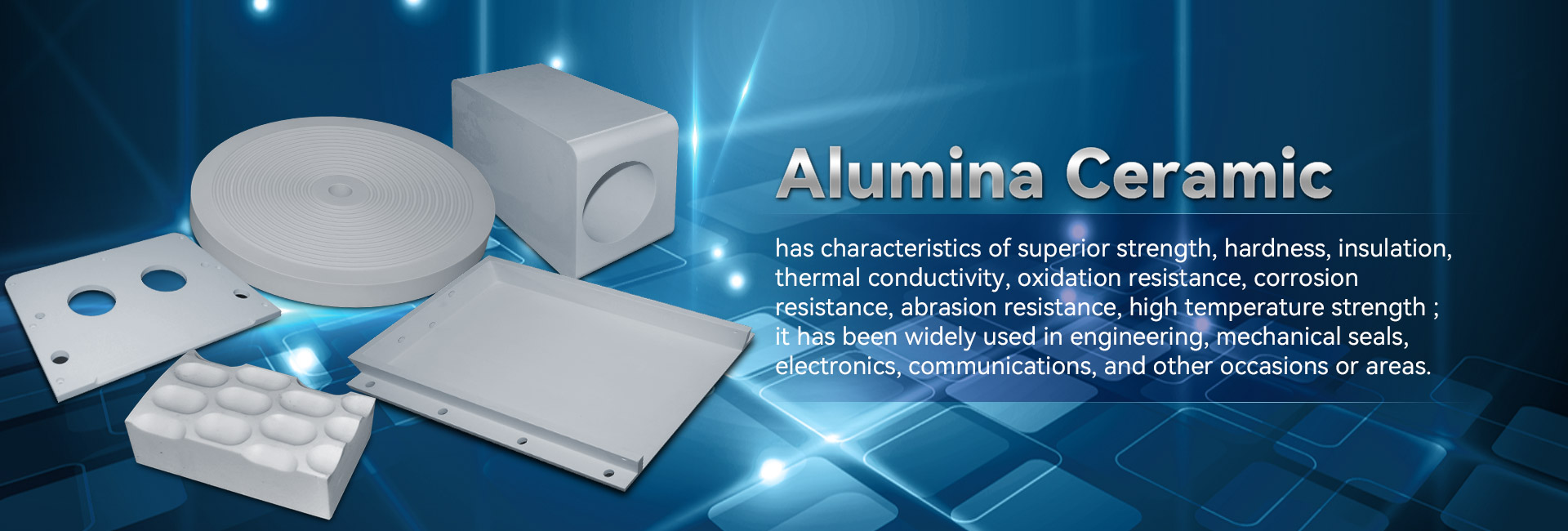
Innovative compound showcase exceptional morphological features, considering them suitable for a wide variety of deployments. Flowing from aviation and cars to gadgets, these materials are persistently advancing to address the required standards of a leading-edge industry.
- Their robustness and antagonism to harsh heat levels make them crucial for superior mechanisms.
- In addition, technical ceramics offer edges in terms of efficiency, enhancing the growth of cutting-edge mechanisms.
Crafting Composites: Created for Exceptional Effectiveness
Developed ceramics stand out in demanding applications due to their unparalleled features. Designed from selected with care raw constituents and going through comprehensive processing procedures, these next-generation ceramics demonstrate unmatched hardness, corrosion resistance, and endurance to harsh temperatures, deterioration, and chafing. From outer space components to engraving tools, industrial ceramics supply peerless operation across multiple areas. Their malleability allows surviving stringent environments, certifying tenacity and dependability. As progress progresses, the necessity for state-of-the-art materials grows, cementing the dominant job of industrial ceramics in shaping a stronger prospect.
Pioneering Ceramics: Pushing Component Boundaries
Structures, exhibiting unique robustness and lastingness, are experiencing a shift. Modern ceramics, engineered with exact control over their makeup and microscopic formation, surpassing the constraints of what's realizable. These materials showcase a wide assortment of traits, making them optimal for rigorous domains such as astronautics, medical science, and electricity. From low mass parts that survive extreme thermal states to body-friendly implants that unite naturally with the biological system, advanced ceramics are changing our environment.
Meticulous Ceramic Assembly: Achieving Specialized Requisites
Advanced ceramic fabrication has grown decisively in recent intervals, allowing the creation of intricate and highly functional ceramic products. These parts are key across a multifaceted range of realms, including aeronautics, clinical, and device domains. Matching the rigorous requirements for these scenarios calls for detailed fabrication practices that secure dimensional precision, surface treatment, and material traits. Next-generation ceramic fabrication processes incorporate multiple methods, including slip casting, injection molding, and additive manufacturing. These tactics grant the formulation of complex patterns and precise elements with exceptional uniformity. Moreover, advances in material technology have led to new ceramic compounds endowed with heightened traits. These ceramics exhibit increased power, durability, and tolerance to harsh thermal conditions, enabling their use in high-end sectors.
The chances for detailed ceramic fabrication are substantial. As studies and development make headway, we can look forward to even more complex practices and substances that will additionally increase the edges of what is achievable in this domain.
Robust Ceramic Substances for Challenging Conditions
Innovative ceramic substances maintain extraordinary durability and safeguards against severe situations, making them favored for critical assignments in orbital fields. These advanced ceramics can bear high climatic loads, guard against corrosion, and preserve their efficiency under challenging performance loads. Their unique nanostructural properties make possible trusted output in tough realms, including high-temperature furnaces, turbines, and fission plants.
- Hybrid ceramic mixtures
- Temperature durability
- Decreased bulk
Specialized Ceramics: Fusing Resistance and Capability
Composite materials provide a eminent mix of mechanical fortitude and distinct particular properties. Through the amalgamation of ceramic fragments within a binder, these alloys achieve noteworthy performance. This integration results in heightened immunity against high temperatures, wearing, and chemical degradation, rendering them desirable for rigorous tasks in aviation, motoring, and fuel areas. Furthermore, ceramic composites are personalized to possess exclusive properties like electrical conductivity or biocompatibility, broadening their usage across diverse realms.
Structural Handling in Cutting-Edge Ceramics
Reaching expected features in progressive ceramics frequently calls for thorough oversight over their architecture. Diverse engineering aspects, including sintering temperature, time, and atmosphere, alongside the incorporation of dopants or supporting phases, considerably change the disposition of aggregations, pore space, and other microstructural specifications. Fastidious adaptation of these variables allows for the increase of robustness, cracking tolerance, and warmth conductivity. Specifically, enhancing the sintering heat magnitude can accelerate grain enlargement, thus increasing compactness and improving mechanical fortitude. Conversely, governing the firing atmosphere may shift the oxidation condition of the ceramic, thereby influencing its electrical conductivity or magnetic specs. Recognizing these relationships between microstructure and properties is crucial for constructing advanced ceramics with designed performance suitable for numerous uses.
Scratching-Resistant Ceramics: Increasing Durability
For demanding commercial branches, where elements are pressured to constant wear and corrosion, substances with remarkable abrasion resistance are fundamentally essential. Wear-resistant ceramics have appeared as a prime solution, furnishing unparalleled robustness and performance in diverse industries such as workshop, mining, and aerospace. These high-tech elements possess a singular grain layout that elevates their capacity to withstand degradation. By employing the fundamental resilience and mass of ceramic blends, engineers can manufacture tough sections capable of withstanding the most rigorous operating climatic states.
Biocompatible Ceramics: Scenarios in Health Industry
Clinically safe ceramics have reshaped the medicine realm, supplying an array of useful qualities for varied applications. These composites are passive within the anatomy, minimizing allergic responses and supporting restoration. A prime task for biocompatible ceramics is in skeletal implants, where their robustness sustains long-lasting support to damaged body parts.
Moreover, they are adopted in dental prosthetics, delivering a strong and natural-looking solution for molar substitutes. Ceramics also possess a key task in drug administration, enabling the specific administration of agents to specific sites within the physiology.
- Equally important, biocompatible ceramics are continuously being researched for organ regeneration, serving as a platform for wound healing.
- Accordingly, the possibility of biocompatible ceramics in healthcare looks optimistic, with continual investigations expanding their uses.
Ceramic Detection Devices: Driving Exact Evaluations
Sophisticated ceramic sensors have come forth as important constitutents across a comprehensive array of subjects. These tools employ the incomparable traits of ceramic compounds to deliver highly precise readings. Their toughness in ceramic rod {demanding|harsh| 